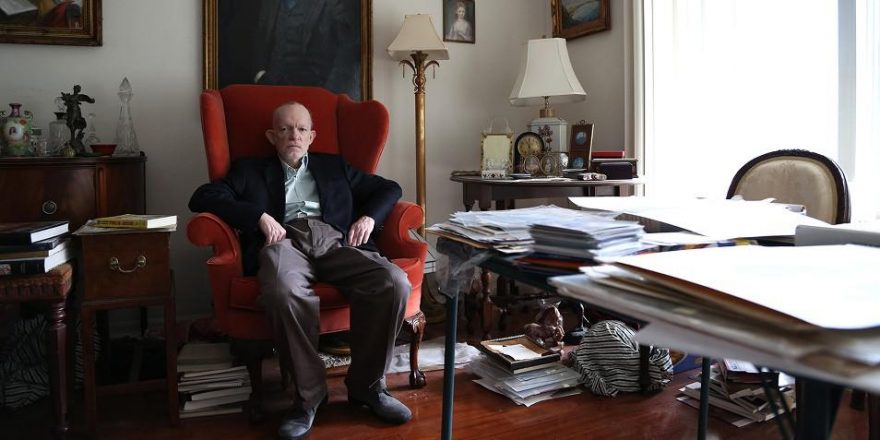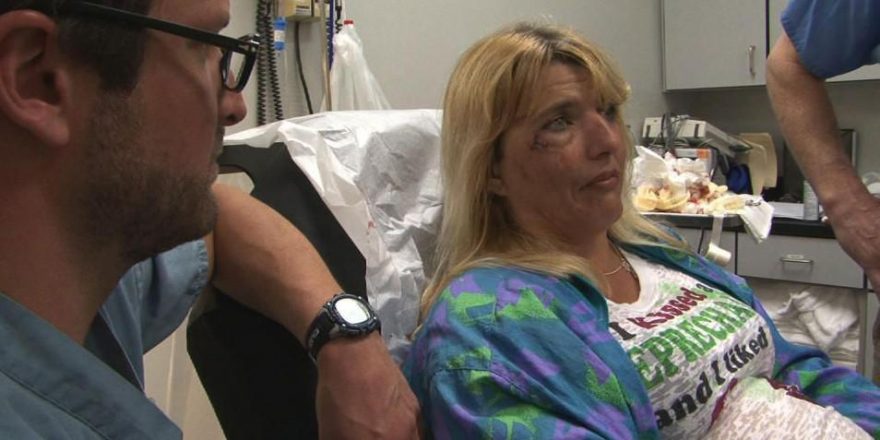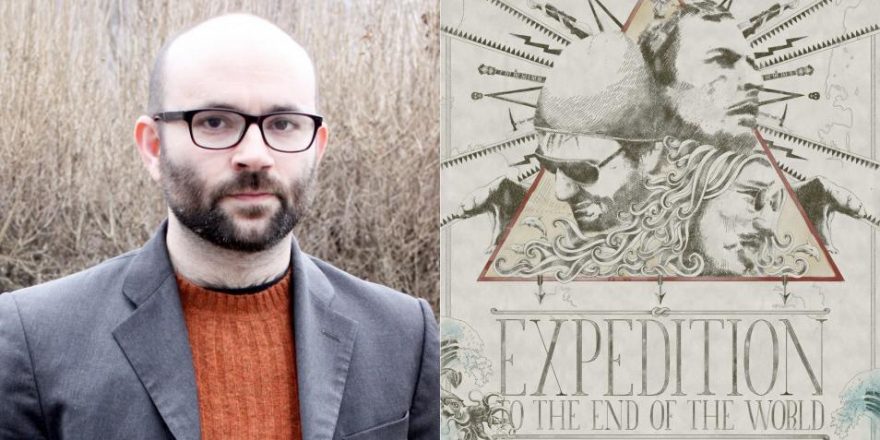One of the most powerful aspects of making a documentary is the filmmakers’ immersion into the world of their subject(s). The process requires the time and temperament to build relationships — and typically the dynamic is as unique and complex as the people involved. Every film is different and demands its own approach. And yet, amidst this intimate and individualized process, some universal truths do emerge and perhaps none more simple and intuitive than this: The very attributes and conflicts that make for compelling subjects in the first place are often the same characteristics that present key challenges and obstacles during the filmmaking process itself.
While making Pressure Cooker — about a tough culinary arts instructor at a Philadelphia high school — the main character, Wilma Stephenson, was tricky for us (Mark and Jennifer) to deal with for precisely the same reasons that she was a successful teacher. Wilma was so focused on trying to transform her underserved high school students into scholarship recipients that she sometimes viewed our presence as a potential impediment to her work. At one point during production, she locked us out of the classroom for two seemingly crucial weeks in the story arcs of the students she was teaching. We had to regain access to Wilma through patience, diplomacy (like kids who were trying to wriggle out of detention) and our strong relationships with the students. But ultimately, it was Wilma’s monomaniacal focus on her kids that made her such a powerful presence in her students’ lives and in the film.
During the production of If A Tree Falls, basic tensions that made the topic so worth examining were also the main ingredients that tested the subject-filmmaker dynamic. Centered on the story of a young activist who joined a radical group and years later faced life in prison for politically motivated arson after he was caught, If A Tree Falls was full of subjects whose goals for the movie were not always in line with the ones that we (Sam and Marshall Curry) had. Daniel McGowan, the central character, would have loved for the documentary to operate more like an advocacy piece, focusing on the urgency of the environmental issues and the culpability of big business and government. But as filmmakers, our interests instead lay in the grey areas: the varied motivations and the questionable tactics deployed both by McGowan and by the businesses and governmental forces that had first sparked his rage. In spite of the inherently polarized views held by all sides, we discovered that complexity was everywhere and in retrospect almost everyone connected to the story expressed a volatile mix of passion, regret and even confusion about their roles. Exploring this space allowed us to transcend the charged divisiveness that had characterized the story and instead provoke audience engagement with the difficult issues at play. Perhaps surprisingly, the approach also worked to deepen our own connection with our subjects as ultimately they came to understand and appreciate that ours was a movie about them, but not for any one of them specifically.
Making a film with Mark Landis, the main subject of Art and Craft, presented its own very particular challenges. All three of us have a relationship with Mark that is highly complicated in nature — and is similarly rooted in the fundamental narrative elements that make his story so fascinating. From the outset, we were hooked by the improbable premise: a talented art forger who wasn’t in it for the money but instead gave away hundreds of his fakes to a staggering number of museums. But we soon realized that Landis’ story was more than an art caper. Diagnosed with schizophrenia and multiple behavioral disorders in the 1970s, when he was a teenager, Landis had endured a lifetime of marginalization as a person living with mental illness. In many ways, his 30-year con had become a means to change all that — Landis’ isolation from society had fostered his extraordinary skills, and fueled his desire to connect with the world.
The circumstances called for great sensitivity in navigating both Landis’ mental illness and also our own impact on his life and career as a so-called “philanthropist.” And given the nature of his con, we could not help but wonder initially if Landis could even be trusted. Would we ever be able to connect? Or would he always function as an inaccessible and unreliable narrator?
From the beginning, direct answers were hard to come by — Landis had a strong sense of self and a sharp sense of humor. He was clearly adept at deflecting uncomfortable conversation. But we inched our way towards intimacy, sometimes letting other people in the film ask the hard questions, sometimes finding the moment to build trust and unpack the layers ourselves. And while Landis’ actions had certainly raised a number of ethical questions, we knew we were there not to judge, but to explore his motivations sensitively, without crossing over into voyeurism or exploitation.
As filmmakers, we set out to capture and indulge Landis’ subjective experience as much as possible. For example, Landis was obsessed with old television shows and movies. His TV set (always tuned to TCM) had been his constant companion for decades while he prolifically copied works of art. So we kept the TV on while filming, and made it our business to interfere minimally with his normal patterns. While painting, Landis would riff off of the shows and films, and his pop culture references became metaphors for his experiences and worldview. In this conversational way, we found we could access Landis’ interior life better than we could by asking probing interview questions.
Over time we became increasingly aware that we could not simply cast Landis as powerless or overly fragile either. After all, despite the odds, he had harnessed his talents and, in his own words, escaped “the life of a mental patient” to carve out a meaningful existence. Contrary to the stereotype of mental illness sufferers, Landis could be so self-aware during our shoots that sometimes he even seemed to take command of the filmmaking process, subverting the power imbalance between documentarian and subject. Clear about his boundaries and what he was comfortable revealing and when, Landis demonstrated that he fully understood the scope and impact of his participation. Given both his deep knowledge about movies and his mischievous streak, at times we couldn’t help but feel Landis had manipulated us into making him the star of our film.
The filmmaker-subject relationship lasts longer than production, and can often continue into the afterlife of a documentary. Throughout the making of Art and Craft, we had to be acutely aware of the potential effect of the film itself on Mark’s life. His career as a “philanthropist” had already been hindered greatly by press exposure before we began production (the greater his profile, the harder it was for Landis to give away his fakes). Concerned with the redirection of Landis’ energies as his philanthropic career comes to a close, we recently collaborated with art forgery expert Collette Loll to help launch a website (marklandisoriginal.com) where Mark can interact with the public and make commissioned paintings from photographs people send him. It seemed like the obvious next step — after all, as Landis is often quick to point out, “Idle hands are the Devil’s workshop!”
A life in virtual seclusion had forced Mark Landis to find creative means to connect with and contribute to society. In many ways, Art and Craft is a documentary that attempts to bridge that cruel gap between Landis and the world. And now, as we chart its release and share it with an increasingly expanding audience, we hope that he will continue to make new connections and find a renewed sense of purpose in the process. As for our own world, Mark Landis has become a genuine part of it.








